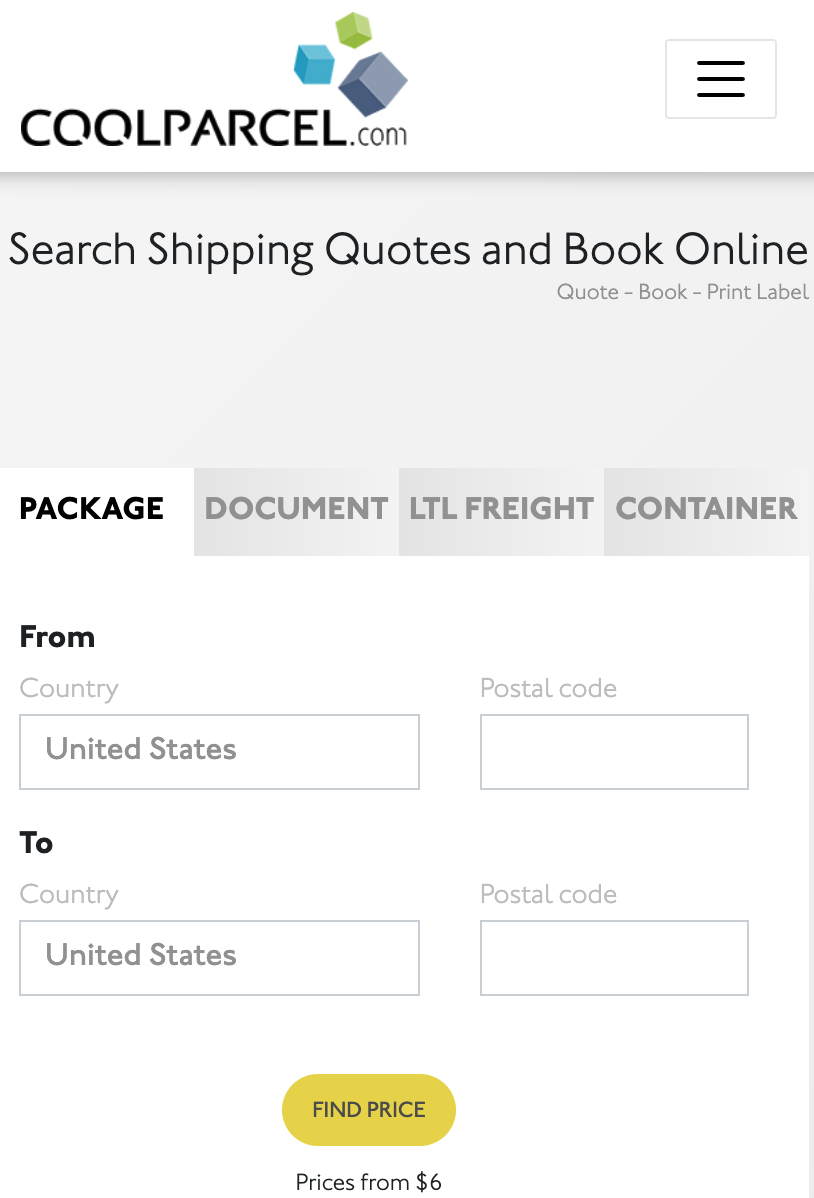The United States Postal Service (USPS) tracking system may be perceived as bad for a few reasons. One reason is that the USPS network is vast and complex, which can lead to delays and inaccuracies in tracking information. Additionally, the USPS may not have as advanced tracking technology as some other shipping carriers, leading to less precise and timely updates. Finally, the sheer volume of packages and mail that the USPS handles on a daily basis can also contribute to tracking issues. Overall, the USPS tracking system may be perceived as bad due to the challenges of managing such a large and intricate operation.
1. Why is USPS tracking so bad?
– USPS tracking may be perceived as bad due to a variety of factors such as outdated technology, limited resources, and high package volume. Additionally, delays and inaccuracies in tracking information can occur due to weather conditions, transportation issues, and human error.
2. What can be done to improve USPS tracking?
– To improve USPS tracking, the postal service can invest in updated tracking technology, provide better training for employees, and allocate more resources to handle the increasing volume of packages. Additionally, implementing better communication and transparency with customers regarding tracking updates can help improve the overall tracking experience.
3. How does USPS tracking compare to other shipping carriers?
– USPS tracking may be perceived as less reliable compared to other shipping carriers such as UPS and FedEx. This can be attributed to differences in technology, infrastructure, and operational processes. While USPS may offer competitive pricing and delivery options, its tracking capabilities may not always meet the same standards as its competitors.

